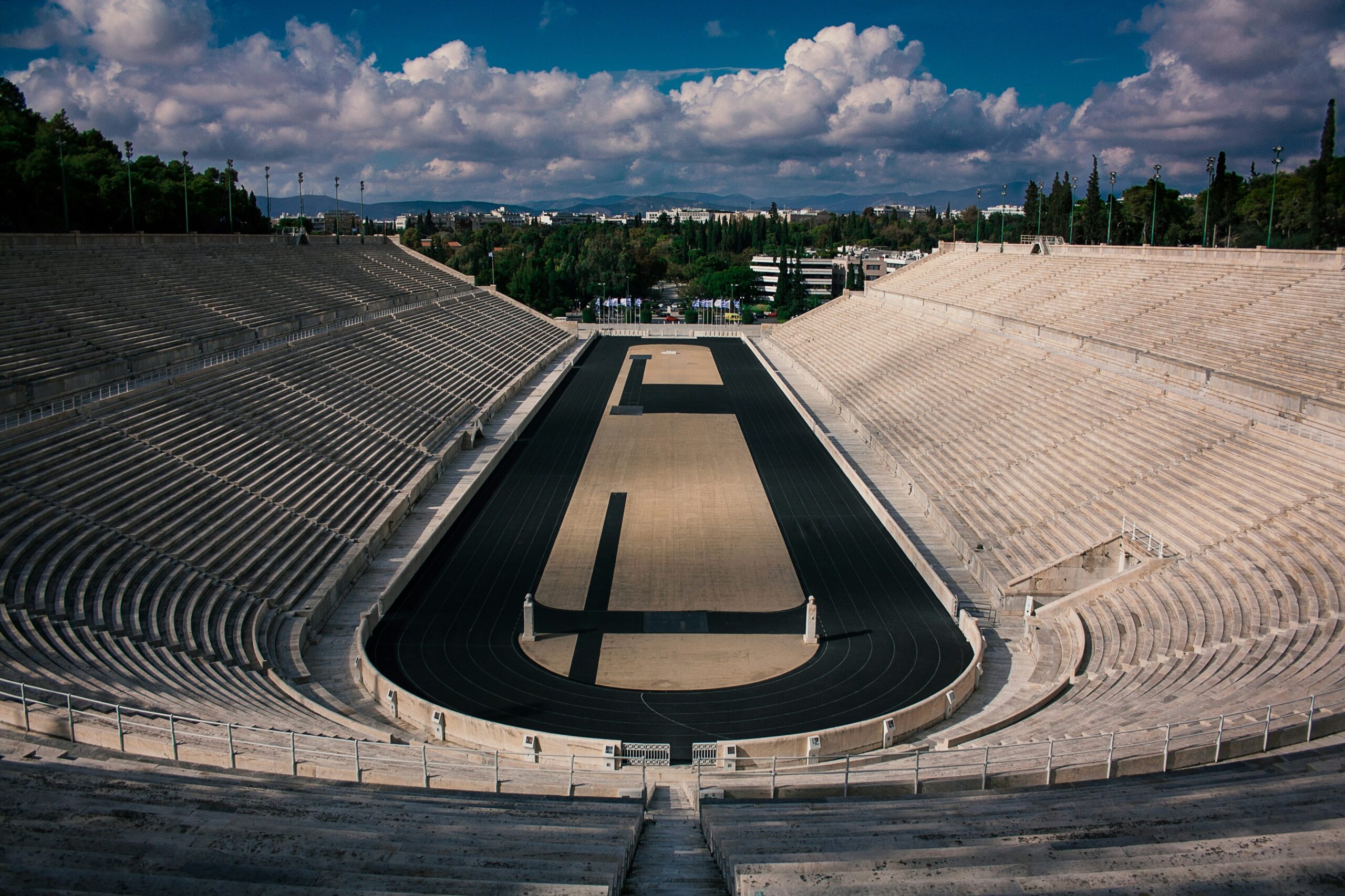The Spark of Controversy
In the realm of sports, controversy is as common as a last-minute goal or an unexpected upset. When a controversial moment occurs, it’s as if a match has been lit, igniting debates that spread like wildfire. But what is it about these moments that provoke such intense reactions? Why do they grip us so deeply, leading to social media outbursts, heated discussions among friends, and even media frenzy?
To understand the phenomenon of viral reactions, we need to dive into the psychology of human behavior, the dynamics of social media, and the intricacies of sports culture. It’s a complex web, but let’s unravel it together.
The Psychology of Controversy
At the heart of every contentious sports moment lies a psychological foundation that can explain why we react so passionately. According to psychologists, humans are inherently drawn to conflict. It’s almost like a primal instinct—our brains are wired to pay attention to threats, which can include verbal arguments or physical altercations on the field.
Take, for example, the infamous “Hand of God” goal by Diego Maradona in the 1986 World Cup. The moment was a cocktail of brilliance and controversy. Some hailed it as a masterstroke of genius, while others viewed it as a blatant act of deceit. The contrasting perspectives on this incident have sparked discussions for decades. Why? Because it touches on core human values—fairness, justice, and the integrity of competition.
Social Media: The Amplifier of Controversy
Let’s face it, social media is like a megaphone for our thoughts—both good and bad. When a controversial moment occurs, it often goes viral, with people sharing their opinions faster than you can say “retweet.” The immediacy of platforms like Twitter, Instagram, and Facebook allows for a rapid spread of reactions, many of which are knee-jerk and fueled by emotion rather than rational thought.
Consider the uproar surrounding the 2021 European Super League proposal. Fans were outraged, and within hours, social media was flooded with memes, hashtags, and passionate pleas against the idea. The controversy sparked debates not only among fans but also attracted commentary from players, coaches, and even politicians. It’s fascinating to see how a single idea can create a tidal wave of reaction across the globe.
The Role of Personal Experience
Personal experiences also play a significant role in how we perceive and react to controversial moments. As a sports journalist, I recall attending a match where a referee made a questionable call. The atmosphere turned electric; fans erupted in anger, and the debate about the referee’s competency became a focal point for the rest of the match. Everyone had a story—whether it was about a similar experience or a memory tied to their favorite team. These shared experiences fuel the fire of controversy.
When we see something controversial, it can trigger memories that resonate with our own experiences, adding layers of emotion to our reactions. We’re not just spectators; we’re participants in a shared narrative, and that’s what makes these moments so compelling.
Unpacking the Elements of Controversy
So, what are the key elements that make a controversial moment so potent? Let’s break it down:
- Emotion: Controversial moments often evoke strong feelings—anger, joy, disbelief. The more emotionally charged a situation, the more likely it is to go viral.
- Polarization: When opinions are sharply divided, it creates a fertile ground for debate. Think of the debates surrounding player conduct, officiating decisions, or team strategies.
- Media Coverage: The role of traditional media in amplifying controversy cannot be overstated. A well-placed article or a passionate commentary piece can elevate a moment from a simple incident to a full-blown controversy.
- Relatability: When fans see a controversial moment that resonates with their own experiences or beliefs, they’re more likely to engage with it. It becomes personal.
Case Studies of Controversy
Let’s take a closer look at some high-profile examples of controversial moments in sports that sparked fierce debates:
The “Malice at the Palace”
In 2004, a brawl broke out between players and fans during an NBA game between the Detroit Pistons and the Indiana Pacers. This shocking incident became a watershed moment in sports history, leading to discussions about player conduct, fan behavior, and the safety of athletes. It polarized opinions and raised questions about the accountability of all parties involved. The incident was replayed endlessly, analyzed by commentators, and dissected by fans, proving how deeply controversy can penetrate the sports world.
The Deflategate Scandal
Fast forward to 2015, and we find ourselves in the midst of the “Deflategate” scandal involving Tom Brady and the New England Patriots. Allegations surfaced that footballs used in the AFC Championship game were intentionally deflated to give the Patriots a competitive advantage. As the story unfolded, it ignited a firestorm of debate among fans, analysts, and former players. Was it a trivial matter blown out of proportion, or a serious breach of integrity? The debates raged on, fueled by staunch loyalty to teams, personal biases, and the media’s insatiable appetite for drama.
Colin Kaepernick’s Protest
Then there’s Colin Kaepernick’s peaceful protest during the national anthem, which sparked discussions about race, patriotism, and player activism in sports. Supporters hailed him as a hero standing up against injustice, while others viewed it as disrespectful to the flag and the military. This controversy transcended sports, entering the realm of social and political discourse, showcasing how a singular action could lead to widespread debate and division.
The Ripple Effects of Controversy
Controversial moments often have ripple effects that extend far beyond the initial incident. They can lead to rule changes, shifts in public opinion, and even impact athletes’ careers. For instance, the fallout from the “Malice at the Palace” prompted the NBA to increase security measures at games and revise its policies regarding player and fan interactions.
Similarly, the Deflategate scandal had consequences for Tom Brady, resulting in a four-game suspension that affected his career trajectory. The controversy didn’t just simmer down; it left an indelible mark on the league and its fans.
Controversy as a Double-Edged Sword
While controversy can indeed ignite passionate debates, it also serves as a double-edged sword. On one hand, it draws attention, engages fans, and fosters community discussions. On the other, it can lead to hostility, division, and even alienation among fans. There’s a fine line between healthy debate and toxic discourse, and sportswriters often find themselves navigating this tricky terrain.
As a journalist, I’ve witnessed firsthand the impact of controversy on fan engagement. I remember covering a heated playoff series where a questionable call led to an explosion of social media activity. Fans rallied behind their teams, and the commentary sections of articles became battlegrounds for opposing views. It was exhilarating, but it also made me realize the responsibility I had to present balanced perspectives amidst the chaos.
The Future of Controversy in Sports
Looking ahead, it’s clear that controversy will continue to play a significant role in sports. With the rise of social media and the 24-hour news cycle, the speed at which controversies develop and escalate shows no signs of slowing down.
As fans become more engaged, the potential for debate grows. We are in an age where every moment can be dissected and shared with the world at lightning speed. The question remains: how will we navigate this ever-evolving landscape of sports controversy?
Embracing Healthy Debate
Perhaps the key lies in embracing healthy debate. Rather than resorting to insults or aggression, fans and commentators alike should strive for constructive conversations. This means acknowledging differing perspectives, understanding the emotional weight of controversial moments, and recognizing that at the end of the day, sports are meant to unite us—despite our differences.
As I reflect on my experiences as a sports journalist, I can’t help but feel a sense of hope. The passion that controversy ignites also opens the door to dialogue and understanding. If handled thoughtfully, these debates can lead to positive change, both within sports and in society at large.
Conclusion: The Enduring Allure of Controversy
In conclusion, the secret behind viral reactions to controversial moments in sports lies in a blend of psychological triggers, social dynamics, personal experiences, and the ever-present influence of media. Whether it’s a contentious referee decision, an athlete’s protest, or a scandal that shakes the foundations of a league, these moments captivate our attention and ignite fierce debates.
As we continue to witness these controversies unfold, let’s remember that behind every heated exchange is a shared love for the game. After all, it’s this passionate engagement that makes sports so thrilling—and, dare I say, so human. So, the next time you find yourself embroiled in a debate over a controversial moment, take a step back, breathe, and remember: we’re all part of this exhilarating tapestry called sports.




